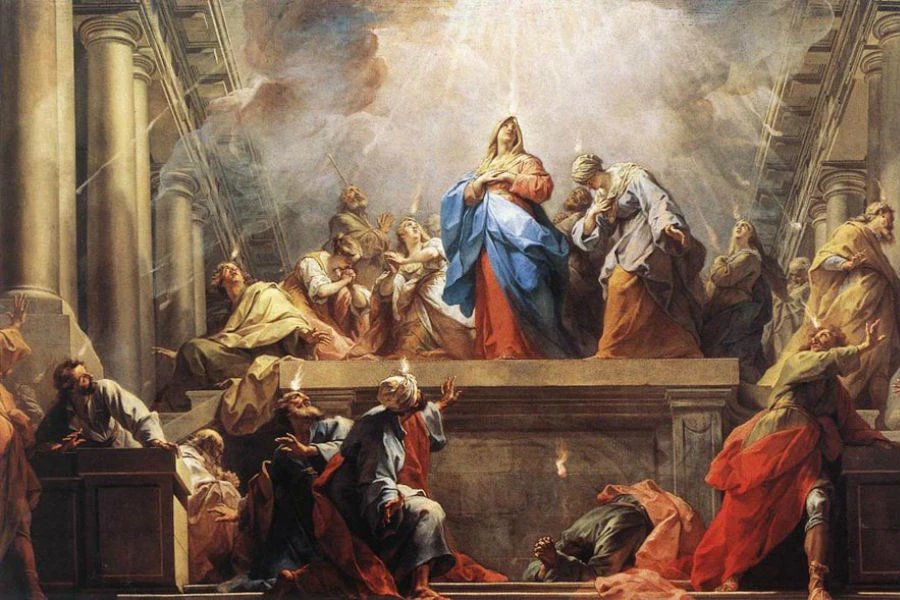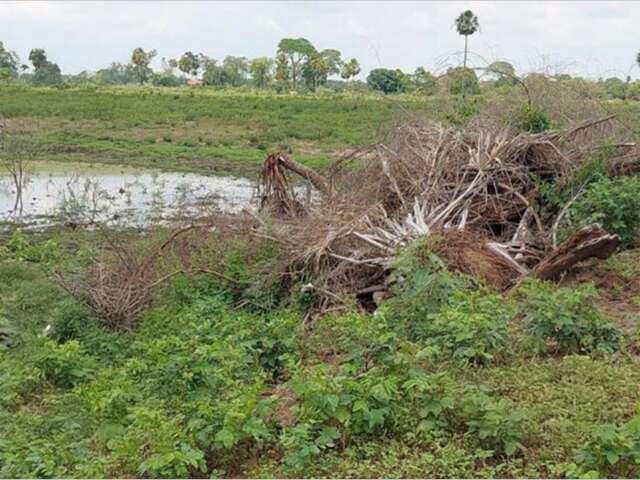BBC News, Mumbai
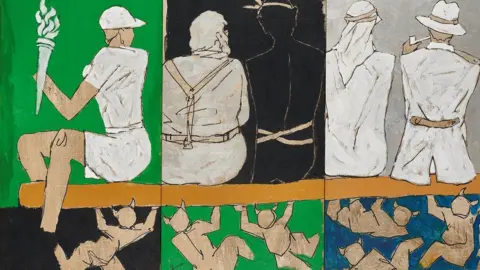 Pundole Art Gallery
Pundole Art GalleryNearly two dozen paintings by one of the world’s most celebrated modern artists – once part of a record-breaking art deal – are set to hit the auction block for the first time next week.
On 12 June, 25 rare MF Husain paintings will go under the hammer at an art gallery in Mumbai city, more than two decades after he painted them.
This will be the first public glimpse of the paintings, locked away in bank vaults since 2008 after authorities seized them from a prominent businessman over an alleged loan default.
“It’s like the paintings have come full circle,” says Dadiba Pundole, director of Pundole Art Gallery, where the auction is set to be held.
Husain used the gallery as his studio for many of these works, part of an ambitious 100-painting series he never finished. Often called the “Picasso of India,” he was one of the country’s most celebrated – and controversial – artists. His works have fetched millions, but his bold themes often drew criticism. He died in 2011, aged 95.
Titled MF Husain: An Artist’s Vision of the XX Century, the 25 paintings at Pundole’a gallery offer a glimpse into his take on a transformative century shaped by leaps in technology, politics, and culture. Pundole has estimated that the auction could fetch up to $29m (£21m).
This comes months after another Husain painting, Untitled (Gram Yatra), sold for an unprecedented $13.8m at a Christie’s auction in New York, becoming the most expensive Indian artwork to be auctioned.
The oil-on-canvas masterpiece had adorned the walls of a Norwegian hospital for almost five decades, forgotten by the art world, until the auction house was alerted about its presence in 2013.
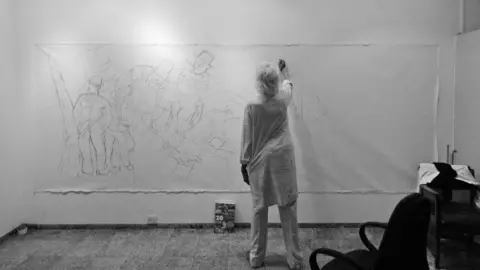 Pundole Art Gallery
Pundole Art GalleryThe latest paintings to be auctioned seem to follow a similar trajectory.
Husain began working on them in the early 2000s, with great excitement and vigour, recalls Pundole.
“When he was painting, nothing could disturb him. It didn’t matter what was happening around him,” he adds.
In 2004, Husain sold 25 paintings to a Mumbai businessman as the first instalment of a billion-rupee deal.
Kishore Singh, author of MF Husain: The Journey of a Legend, wrote about this agreement in the Indian Express newspaper.
“He [Husain] wasn’t jealous of fellow artists, but he was competitive,” Singh writes, noting that Husain struck the deal soon after Tyeb Mehta’s Kali [an Indian goddess] set a new record for India’s most expensive painting in 2002, selling for 15 million rupees.
Husain struck a billion rupees deal with businessman Guru Swarup Srivastava for this series of paintings. Media dubbed it “India’s biggest art deal,” catapulting the little-known Srivastava into overnight fame as a celebrity collector.
But two years later, India’s top crime agency, Central Bureau of Investigation (CBI), began investigating Srivastava’s business, alleging he and associates had misused a loan from a government-backed agricultural body.
The CBI alleged Srivastava diverted the funds into real estate, mutual funds, and Husain paintings. He and his company deny all charges; the case remains in court.
In 2008, a tribunal allowed the government-backed agricultural body to seize one billion rupees in assets from Srivastava, including the 25 Husain paintings.
In February this year, a court cleared the way for the paintings to be auctioned to recover part of the loan. And so, after years locked away in bank vaults, the 25 paintings are finally stepping into the spotlight.
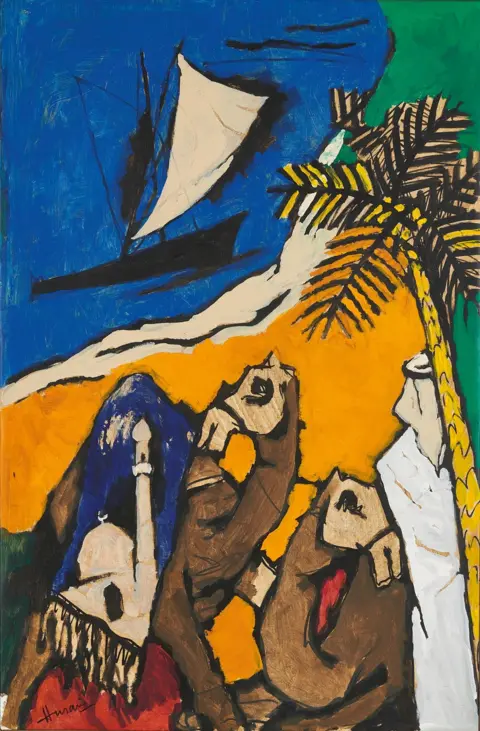 Pundole Art Gallery
Pundole Art GalleryIn a 2018 interview to author and journalist Tara Kaushal, Srivastava spoke about his stalled deal with the artist.
“I had planned to pay Husain for the rest of the paintings by selling the first 25. But legal complications meant that, when Husain called me in 2008 saying the paintings were ready in London and Paris, and to pick them up at the agreed price, my funds were not ready. He understood,” he said.
Asked why Husain had chosen to sell his paintings to a person who almost nobody knew in India’s elite art circles, Pundole says, “He didn’t care. As long as his paintings were sold.”
There’s no way to know how Husain felt about the failed deal or his unfinished 20th Century series – but the episode remains a striking footnote in his bold, eventful career.
The 25 paintings in this series, vibrant acrylics on canvas, showcase Husain’s bold style while reflecting key 20th-century events and social attitudes.
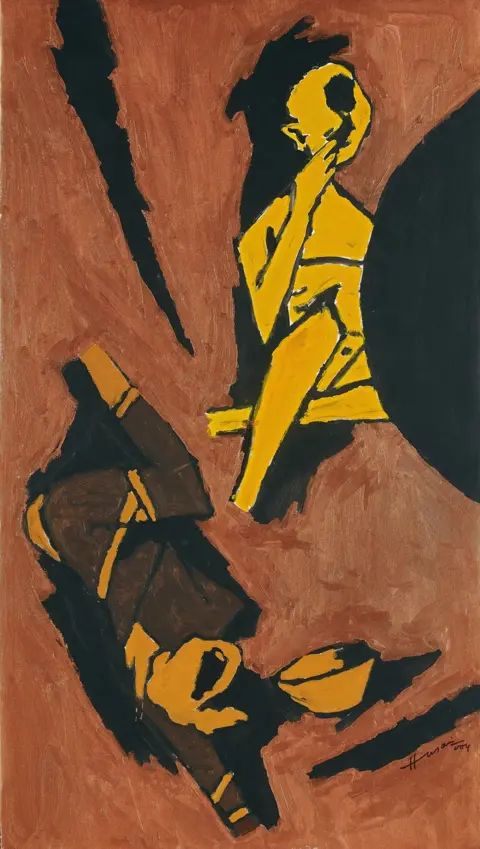 Pundole Art Gallery
Pundole Art GalleryOne painting shows an unlikely group chatting on a bench, symbolising Husain’s call for peaceful dialogue and coexistence among global powers.
Another painting honours Charlie Chaplin while juxtaposing a rocket launch to highlight the contrast between social and economic disparities and massive state spending.
Other paintings depict a world battling poverty, soldiers in trenches, and humanity confronting tragedies like World War Two, the Partition, and the Holocaust.




